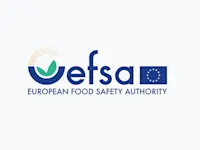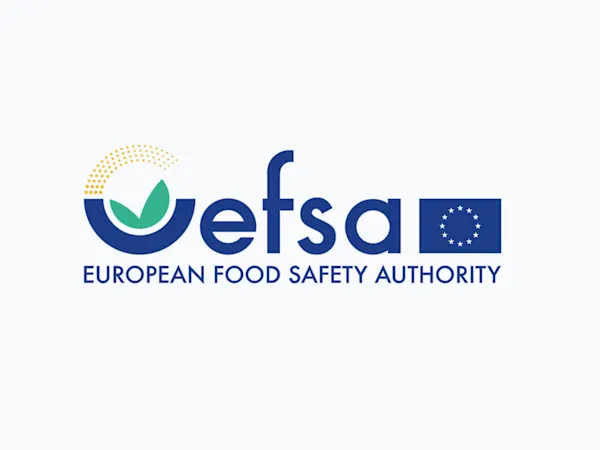
EU Ministers Press Commission on Delayed REACH Revision Amid Industry and Environmental Demands
EU Member States urge the Commission to accelerate the REACH revision, citing urgent health, environmental, and industry competitiveness needs.


The European Chemicals Agency (ECHA) has conducted an extensive assessment of the regulatory needs for a group of benzophenones that are not alkyl- nor p-amino substituted and other hydroxy substituted derivatives. This assessment aims to identify potential hazards and propose regulatory actions to mitigate risks associated with these substances.
The assessment includes a variety of benzophenone derivatives with different substituents such as halogens, carboxylic acids, amides, substituted anilines, methacrylates, alkoxy groups, alkoxyamines, ethoxylates, di-, trihydroxyl groups, and biphenyls. In total, 68 substances are evaluated, with 19 having full registration under REACH.
The substances were screened for potential hazards including carcinogenicity, reproductive toxicity, endocrine disruption, skin sensitisation, and specific target organ toxicity (STOT). The assessment also considered environmental hazards such as aquatic toxicity, persistence, bioaccumulation, and mobility (PBT/vPvB and PMT/vPvM properties).
Based on the identified hazards, ECHA suggests the following regulatory actions:
The substances covered in this assessment are used in various applications, including:
The assessment by ECHA is an iterative process, aimed at ensuring the safety of substances used within the EU. The proposed regulatory actions will help mitigate risks associated with benzophenones, protecting both human health and the environment. ECHA will continue to monitor and update the regulatory needs as new information becomes available.
Foresight continuously tracks 1000s of sources and maps updates to your portfolio:




EU Member States urge the Commission to accelerate the REACH revision, citing urgent health, environmental, and industry competitiveness needs.

The EU has classified DBDPE as a substance of very high concern (SVHC) due to vPvB properties, affecting manufacturers and downstream users of flame retardants.

EFSA launches consultation on updating its Weight of Evidence and Biological Relevance guidance, aiming to streamline chemical risk assessment practices.
Subscribe to Foresight Weekly and get the latest insights on regulatory changes affecting chemical compliance.
Free forever. Unsubscribe anytime.
Read by professionals at